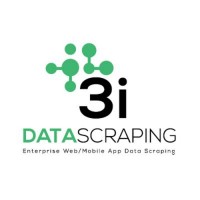
Large-Scale Web Scraping: An Ultimate Guide
The Internet is a vast place. There are billions of users who produce immeasurable amounts of data daily. Retrieving this data requires a great deal of time and resources.
To make sense of all that information, we need a way to organize it into something meaningful. That is where large-scale web scraping comes to the rescue. It is a process that involves gathering data from websites, particularly those with large amounts of data.
In this guide, we will go over all the core concepts of large-scale web scraping and learn everything about it, from challenges to best practices.
Large Scale Web Scraping is scraping web pages and extracting data from them. This can be done manually or with automated tools. The extracted data can then be used to build charts and graphs, create reports and perform other analyses on the data.
It can be used to analyze large amounts of data, like traffic on a website or the number of visitors they receive. In addition, It can also be used to test different website versions so that you know which version gets more traffic than others.


